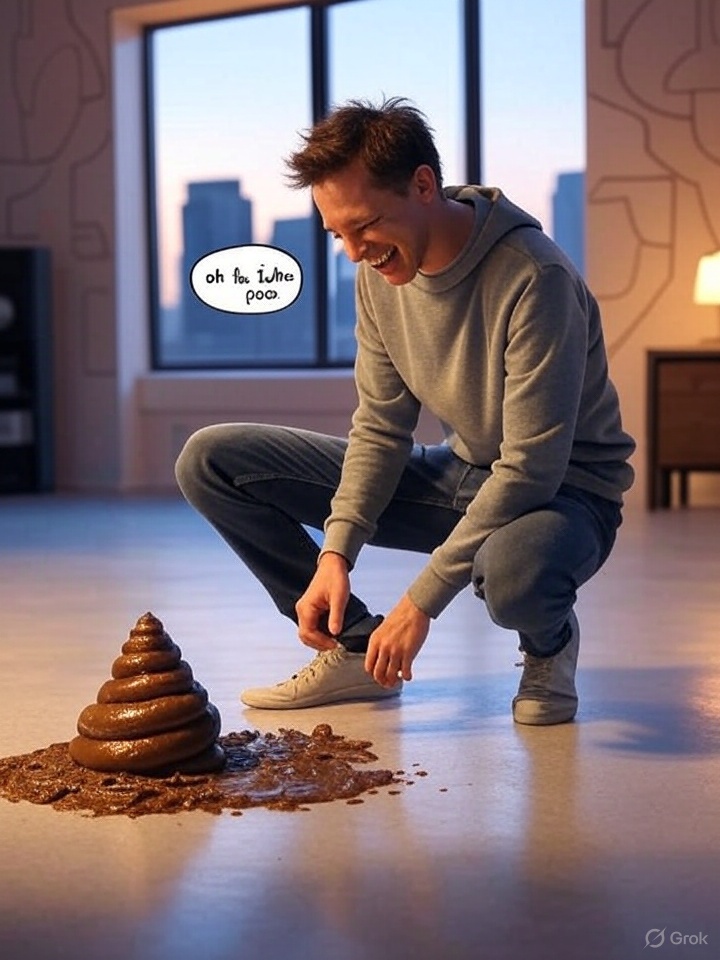The librarian says, “That rings a bell but I’m not sure if it’s there or not there.”
Okay, here’s my attempt:
Joke Poo: The Coffee Shop Quantum Leap
A barista walks into a physics convention and asks about the special blend, “Heisenberg’s Brew and Maxwell’s Mocha.”
A physicist says, “Well, I can’t tell you for sure where it is or how much it costs, but if you’re not watching, it’s both hot and cold!”
Okay, let’s break down this joke.
Key Elements:
- Subject Matter: Pavlov’s Dog (classical conditioning) and Schrödinger’s Cat (quantum mechanics/uncertainty). This combines behavioral psychology and theoretical physics, a slightly odd pairing that generates initial mild humor.
- Setup: A man seeks a book about these complex topics in a library, a place of knowledge.
- Punchline: The librarian’s response plays on the core concepts of each subject. “Rings a bell” refers to Pavlov’s experiment, while “there or not there” echoes the superposition state of Schrödinger’s cat. The humor comes from applying high-level science to a mundane library interaction.
- Type of Humor: Pun-based, nerdy/intellectual humor, situational irony.
Analysis: The joke relies on the audience understanding the basic premises of Pavlovian conditioning and the Schrödinger’s Cat thought experiment. The fun comes from the dual pun – a clever interweaving of the two distinct scientific principles in a library context.
Comedic Enrichment – New Joke/Observation/Trivia:
Here’s a new joke that expands on the original, leveraging interesting facts about Schrödinger’s Cat:
New Joke:
A physicist walks into a pet store. He tells the owner, “I’d like to buy Schrödinger’s Cat.”
The pet store owner replies, “Okay, but just a heads up: it comes in a box. The cat may or may not be alive, but we can’t guarantee its emotional state until you observe it. Sometimes it’s purrfectly fine, other times it’s got a real superposition of cattitude – simultaneously annoyed and indifferent.”
The physicist asks: “Does it come with any treats?”
The shop owner replied “We have a few but it is difficult to say if it will see them, as it is currently, not yet cat scan-ned.”
Why it works:
- It retains the core concept of Schrödinger’s Cat and its superposition state (alive and dead).
- It introduces the element of “observation” which is crucial to the original thought experiment, and adds a layer of the cat’s potential “emotional state.”
- It brings in the idea of the cat’s purrfect behavior or superposition cattitude, which is a pun on “attitude”.
- The final line is a pun on “cat scan” and provides closure.
Additional trivia for more laughs:
Did you know, in recent years physicists have created real-world systems that mimic Schrödinger’s cat state at the atomic level? Instead of a cat, they’ve put quantum bits (qubits) into a superposition of 0 and 1 simultaneously. So, the next time you hear someone say “Schrödinger’s Cat,” remember, it’s not just a thought experiment anymore, it’s potentially the basis for quantum computing… which, ironically, might one day be used to automate the job of librarians!


